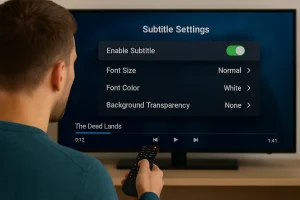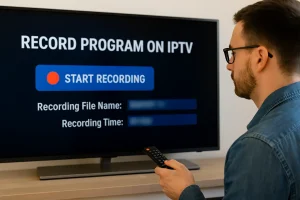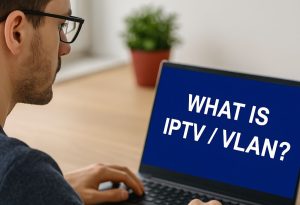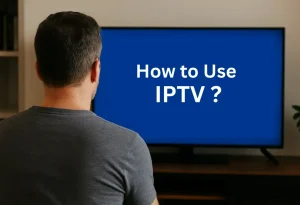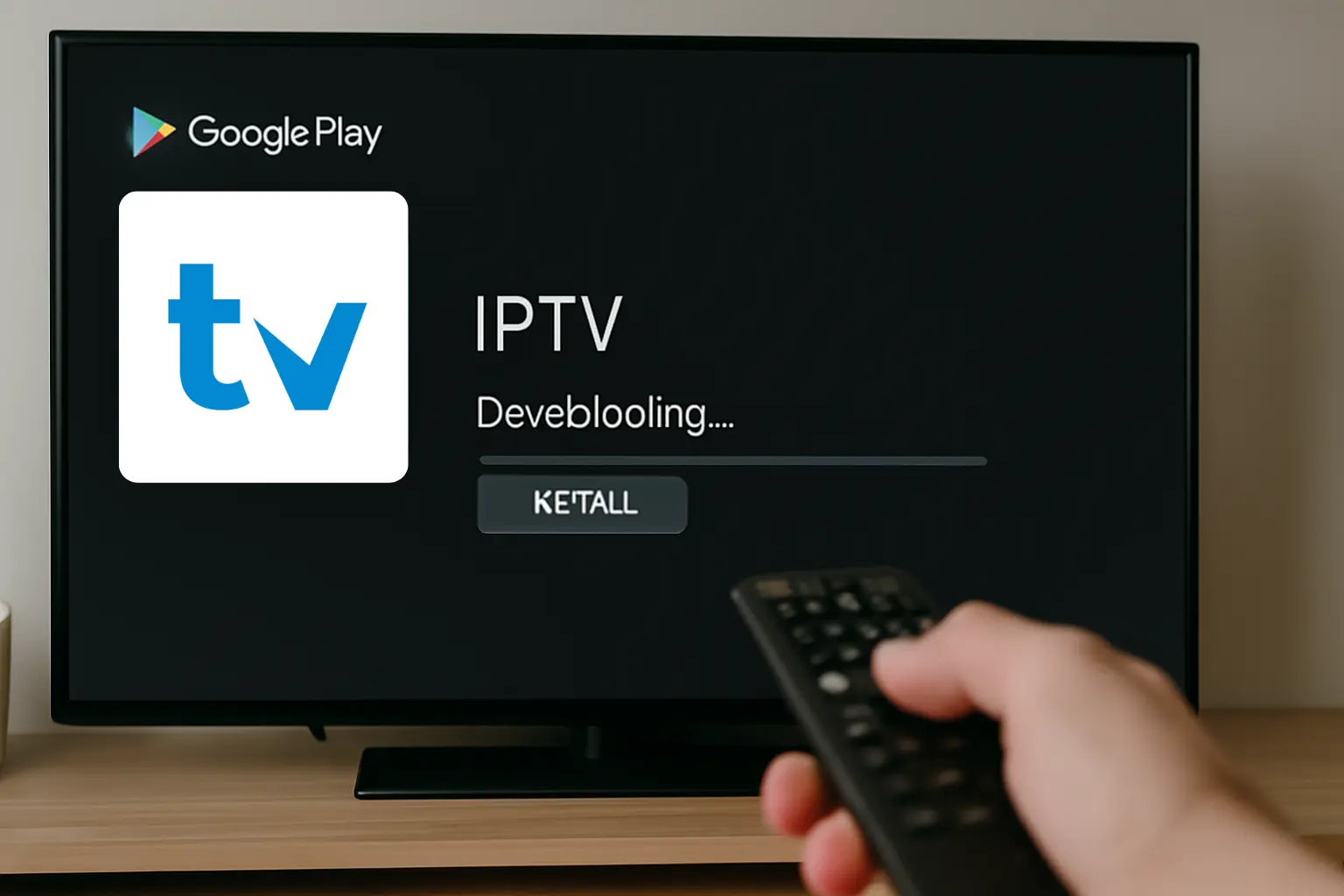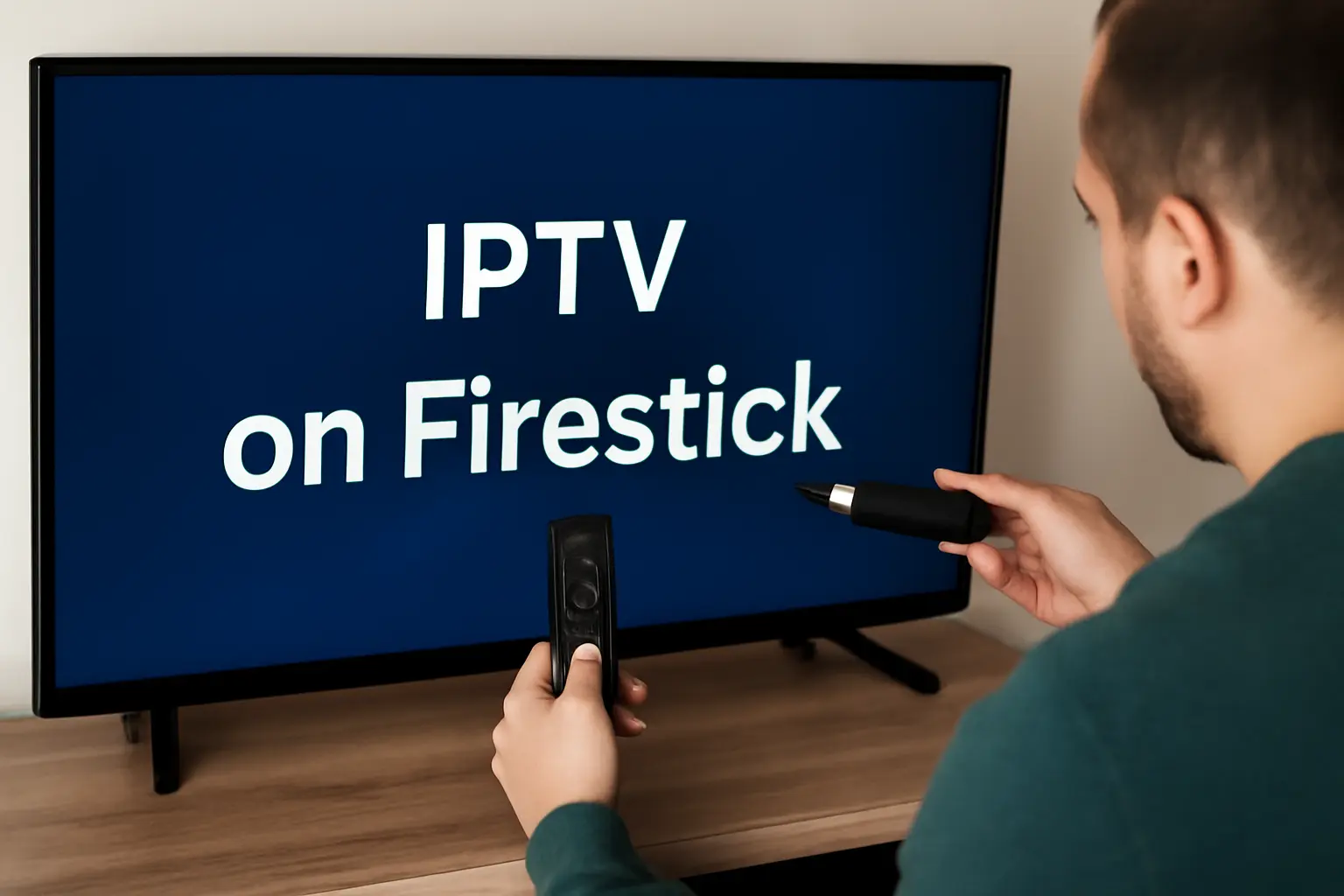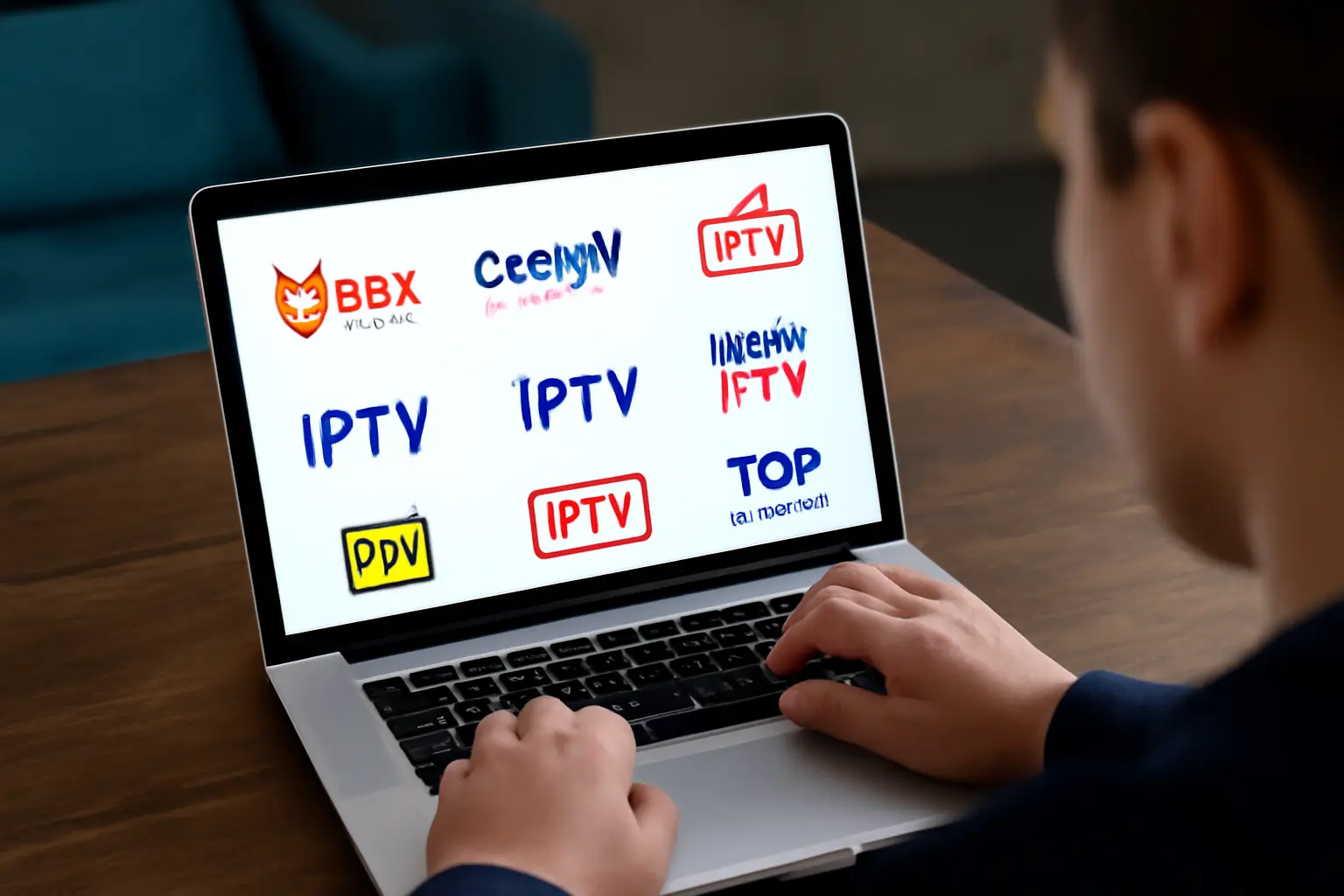To get IPTV you’ll need three core components : a compatible streaming device (smart TV, set-top box, or streaming stick with 2GB+ RAM), a reliable IPTV provider with your desired channel packages, and stable broadband maintaining 10 Mbps for HD or 25 Mbps for 4K content.
After selecting a reliable IPTV provider like IPTV USA, you’ll configure their server URL and credentials in your device’s application. The complete setup process involves additional network optimization steps that ensure buffer-free streaming performance.
Understanding Different Types of IPTV Services
When you look into IPTV, you’ll come across three main types of services, each with its own delivery method:
- Live TV streaming – channels are broadcast in real-time, just like traditional television, but delivered over the internet.
- Time-shifted TV – also called catch-up TV, this lets you watch shows you missed after they were originally aired.
- Video on Demand (VOD) – gives you access to a library of movies, series, and other content that you can watch anytime.
In addition, those services can be offered in two ways:
- Managed IPTV – provided by telecom companies through private networks, ensuring stable quality.
- Over-the-Top (OTT) IPTV – delivered over the public internet, often more flexible but dependent on your connection quality.
Subscription models vary too, ranging from monthly plans to pay-per-view options. Understanding these differences will help you pick the IPTV service that best fits your needs and viewing habits.
Choosing the Right IPTV Device and Equipment
| Hardware Factor | What to Look For |
| Processing Power | Strong CPU/GPU to handle high-quality streaming without lag. |
| Codec Support | Must support H.265/HEVC decoding for efficient video compression. |
| Resolution | Support for 4K Ultra HD playback. |
| Network Connectivity | Prefer Gigabit Ethernet for stability; Wi-Fi 6 for strong wireless performance. |
| Device Options | – Dedicated IPTV set-top boxes- Smart TVs with built-in apps- Android TV boxes or Amazon Fire Stick |
| RAM | Minimum 2 GB for smooth app performance and multitasking. |
| Storage | Enough capacity for buffering and app installation. |
| Middleware & DRM | Ensure compatibility with your IPTV provider’s required protocols. |
Finding and Selecting an IPTV Provider
After establishing your hardware requirements, you’ll need to evaluate IPTV providers based on service reliability, content libraries, and technical specifications. Research provider reputation through industry forums and aggregated service reviews on platforms like Trustpilot.
You’ll want to compare channel packages, VOD offerings, and supported resolutions against pricing tiers. Check server uptime statistics, CDN infrastructure, and customer support availability. Verify compatibility with your chosen hardware and confirm supported protocols like HLS or MPEG-DASH.
Request trial periods to test stream stability and latency. Consider providers offering EPG integration, catch-up TV, and multi-device licensing for comprehensive household coverage.
Setting Up Your IPTV Service Step by Step
Three primary configuration phases define the IPTV setup process: initial provider authentication, device-specific installation, and network optimization. You’ll receive credentials upon subscription completion. This IPTV installation guide covers essential steps:
- Input provider’s server URL into your chosen application.
- Enter username and password credentials precisely.
- Configure EPG source for program guide functionality.
- Adjust buffer settings based on connection speed.
- Enable hardware acceleration for optimal performance.
Following these IPTV configuration tips ensures stable streaming. You’ll need compatible software like VLC, Kodi, or dedicated IPTV apps. Network requirements include minimum 25 Mbps for 4K content, stable latency under 50ms.
Frequently Asked Questions
How Much Internet Speed Do I Need for IPTV Streaming?
You’ll need 5-8 Mbps for HD streaming quality and 25 Mbps for 4K content. These bandwidth requirements ensure buffer-free playback, though multiple simultaneous streams demand proportionally higher speeds. Consider 20% overhead for optimal performance stability.
Can I Use IPTV on Multiple Devices Simultaneously?
You’ll need multi-device subscription plans for simultaneous streaming. Device compatibility varies across platforms—most providers support 2-5 concurrent connections. Streaming options include dedicated apps, web browsers, and set-top boxes, depending on your service tier’s technical specifications.
What’s the Difference Between IPTV and Regular Cable TV?
You’ll find IPTV advantages include on-demand content, device flexibility, and internet-based delivery, while cable limitations involve fixed hardware, scheduled programming, and coaxial infrastructure. IPTV’s packet-switched technology offers superior scalability compared to cable’s broadcast model.
How Much Does IPTV Typically Cost per Month?
Unlike traditional cable’s fixed pricing, you’ll find IPTV subscription models range from $10-80 monthly. Pricing variations depend on channel count, streaming quality, and provider infrastructure. Premium services with 4K content and extensive libraries command higher rates.


